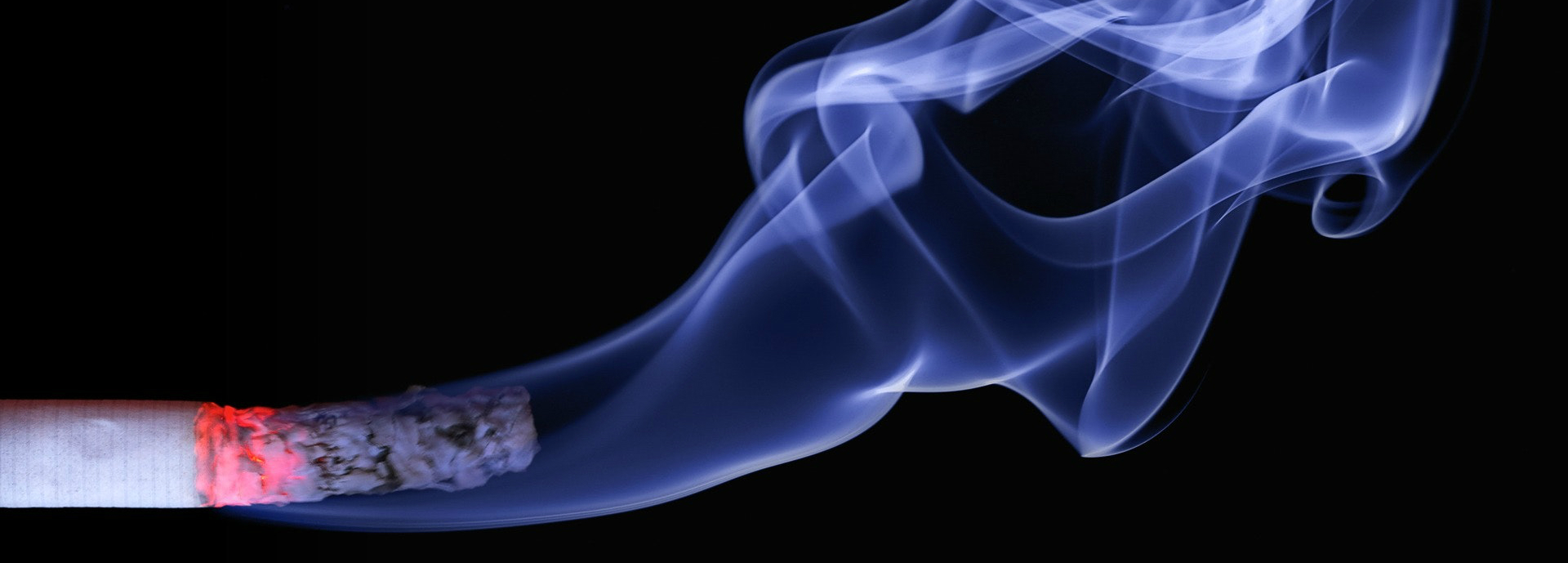The amount of second-hand smoke inhaled by non-smoking Scots has fallen by over 97% over the past 20 years, University of Stirling-led research has found.
Dr Sean Semple, Associate Professor in the University’s Institute for Social Marketing, and colleagues found dramatic reductions in second-hand smoke exposure since 1998 and evidence of continuing improvements even in the decade after the smoking ban.
He said: “Our analysis showed that Scotland has made even greater progress in protecting non-smokers from second-hand smoke than previous reports had suggested.
“Since 1998 the average amount of cotinine - a biomarker for exposure to tobacco smoke – measured in non-smokers’ saliva has reduced by over 97%.
“The paper also shows that the proportion of non-smokers who have no measurable evidence of cotinine in their saliva has increased at almost every survey year and now stands at more than four out of every five adults. However, that still means nearly one-fifth of non-smoking adults experience regular exposure to second-hand smoke.
“We recommend that policymakers use these two measures – the average amount of cotinine in non-smokers’ saliva, and the proportion of non-smokers with no detectable levels of cotinine – as targets to further drive progress to Scotland achieving a tobacco-free generation by 2034.”
The Assessing progress in protecting non-smokers from second-hand smoke paper, published in the BMJ journal Tobacco Control, was led by Dr Semple, in collaboration with scientists at the Institute of Occupational Medicine in Edinburgh and the University of Glasgow and Heriot-Watt University. The research was partly funded by the Medical Research Council and Scottish Government Chief Scientist Office.
Sheila Duffy, Chief Executive of ASH Scotland, welcomed the findings. She said: “It is established scientific fact that second-hand tobacco smoke is harmful to health and is associated with a range of illnesses. So I am delighted to see the huge reductions in second-hand smoke exposure in Scotland, delivering a healthier living environment to nearly half the population of Scotland.
“This has not happened by accident but is the result of deliberate and sustained work by successive Scottish administrations and is a clear example of the benefits of public health campaigns.”
Dr Semple added: “The work shows just how far Scotland has come in tackling exposure to second-hand smoke in the past two decades. We’ve come a long way and these figures suggest that policies and changes in how we treat smoking mean that about 2.3 million additional adults in Scotland are no longer breathing in second-hand smoke compared to the situation in 1998.
“While this is great news, we now need to work even harder on making sure that we protect the remaining 600,000 non-smokers in Scotland who continue to be exposed to second-hand smoke on a regular basis.”
Background information
Enquiries to Lachlan Mackinnon, on 01786 46 6436 or lachlan.mackinnon@stir.ac.uk

